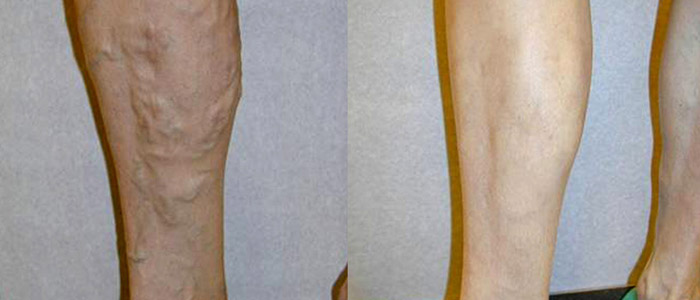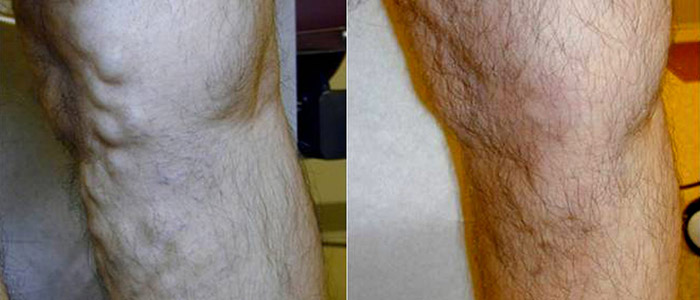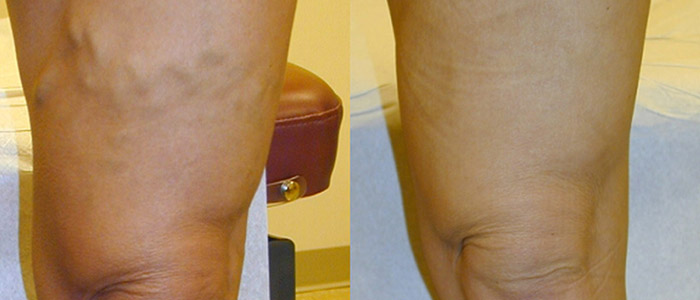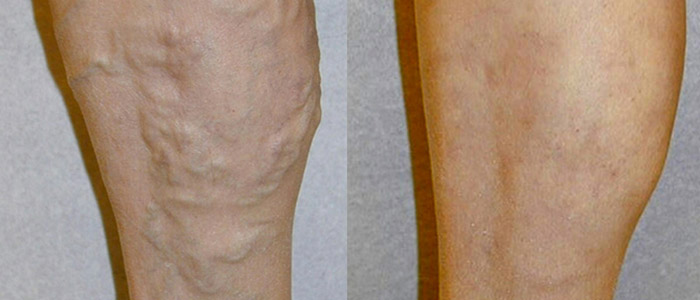Insurance and the Treatment of Symptomatic Varicose Veins
Inequalities of health insurance coverage for the treatment of symptomatic varicose veins abounds. I recently conducted a study with two of my peers on these discrepancies and inconsistencies with the goal of getting to the root cause and, from there, a solution that serves the needs of all parties. The ultimate goal is to reduce costs, improve outcomes, and standardize care – this is the mantra of the new emerging healthcare model in the U.S., but it needs to start with cooperation and collaboration among payors and providers. How it should work Insurers should be using evidence-based guidelines to consistently inform their decisions for covering treatment for a health condition. These evidence-based guidelines should come from physicians based on scientific data and proven outcomes (hence the “evidence” part). The reality In analyzing the medical policies of several health insurers, it became clear that there is a dramatic lack of uniformity among the policies reviewed. Important papers that have been published, the driving force behind the evidence-based guidelines, were largely ignored. It seemed apparent that policies were crafted and minor articles were chosen to help support those policies, rather than the other way around. To complicate matters, there are rules around the medical necessity of varicose vein treatment. As a vascular surgeon who has treated thousands of patients across the spectrum of disease progression, I have seen varying degrees of pain, discomfort, impact to overall quality of life, and risk to limbs.
However, venous disease is a progressive disease that is typically easier to treat in the earlier stages. Common sense would dictate that intervention earlier would lead to improved outcomes. Insurance companies have increased the amount of documentation required to determine medical necessity. Ideally this increase in administrative burden and length of time before treatment can begin would result in improved outcomes or better quality of life or reduced costs related to chronic vein disease management. Evidence of any improvements in care as a result of increased documentation was non-existent in our findings.
Hope for the future?
To ensure standardizations in care – more importantly, the appropriate standards of care – physicians and insurance companies must come together to determine true medical necessity of venous procedures. From the diagnosis to the treatment to the follow-up, published clinical guidelines proven to have better outcomes for the patient should be adhered to in practice and in reimbursement. This is the path to truly improved healthcare at lower costs for Americans.







